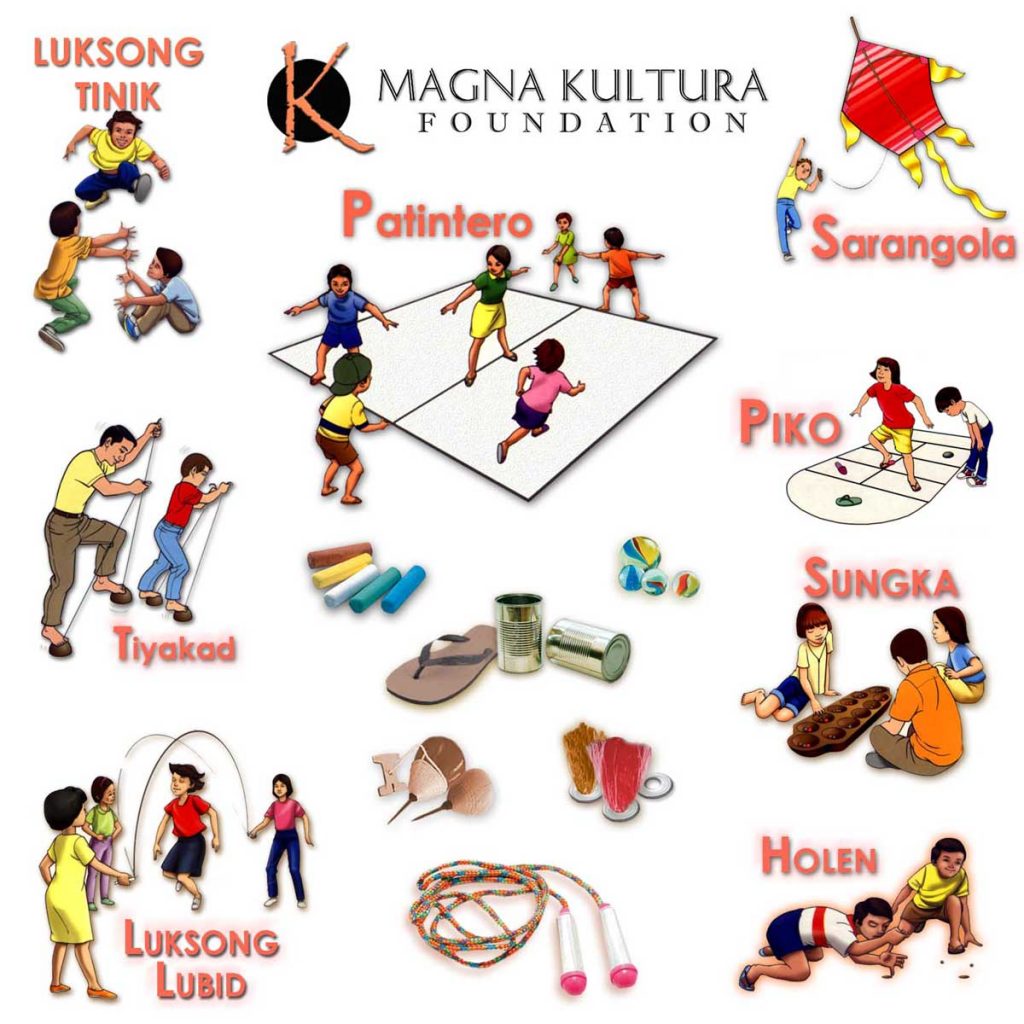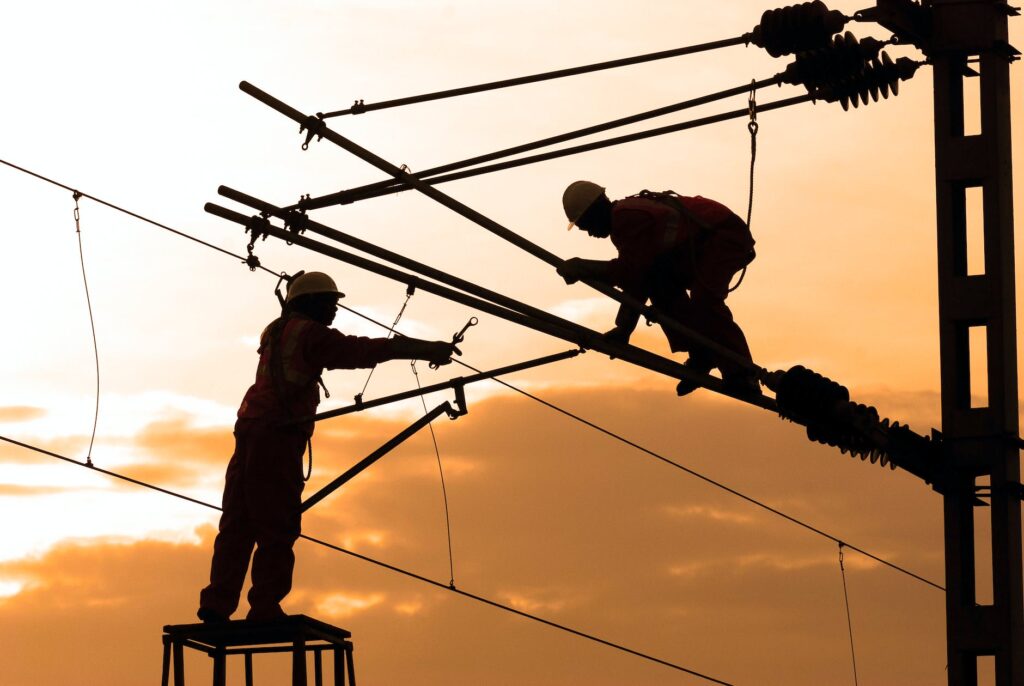Every parent’s top priority is to know how to keep our children safe. While we can’t always protect them from every harm, we can take proactive steps to reduce the risks of accidents and injuries. Here are some tips on how to keep our children safe in different areas of their lives.

Bike safety
Riding a bike is a fun and healthy activity for kids, but it also comes with risks. To prevent injuries, make sure your child wears a properly-fitted helmet every time they ride their bike, skateboard, scooter, or in-line skates. Next is to check their equipment regularly to ensure their bike is the appropriate size and works properly.
Teach your kids the rules of the road, including proper hand signals, traffic signs, and signals. And finally, make sure they are visible while riding by wearing bright colors, using lights, and using reflectors.
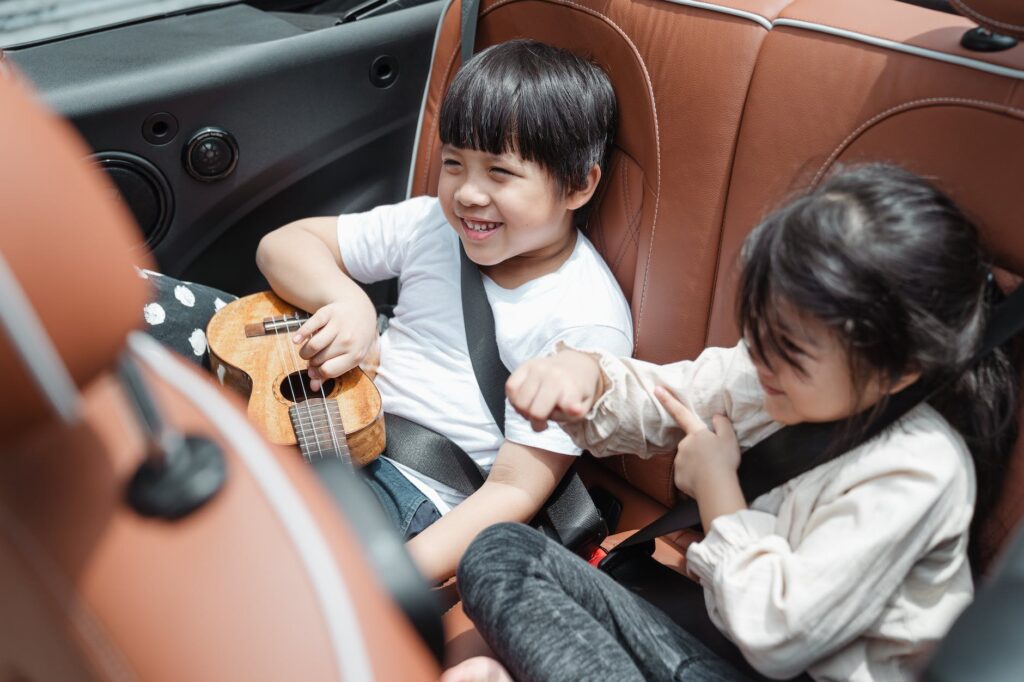
Child passenger safety
Car accidents are a leading cause of death and injury for children, but we can minimize the risks by using the right car seat and installing it properly. Choose the right car seat for your child’s age, height, and weight, and keep them rear-facing until they are at least 2 years old before moving to a forward-facing seat. Teach your kids from a young age to buckle up every time they ride in a car, and use and install your car seat according to the directions.
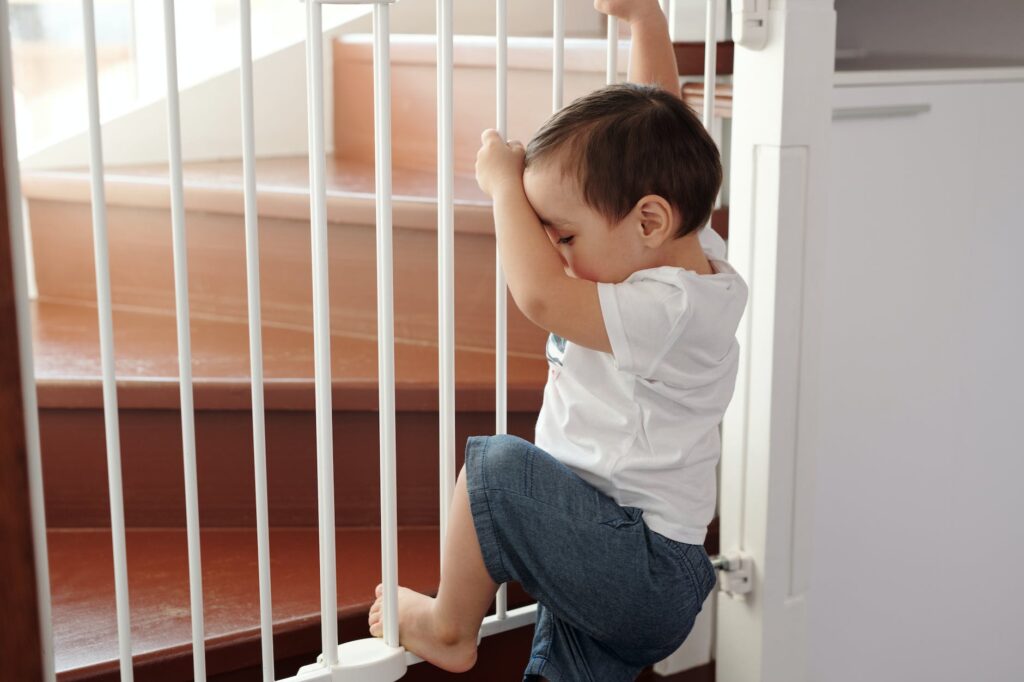
Home safety
Install smoke alarms on every level of your home, inside bedrooms, and near sleeping areas, and test them every month. You can also create a fire escape plan and do a practice home fire drill with your family. Install carbon monoxide (CO) alarms and test them every month, and in a CO emergency, leave your home immediately. Keep children away from balconies and windows, and install window guards or stops to prevent falls.
Secure unstable TVs and top-heavy furniture to the wall using wall mounts, anti-tip straps, and brackets. Finally, put cleaning products, medicine, and button batteries up and away, out of children’s reach and sight.
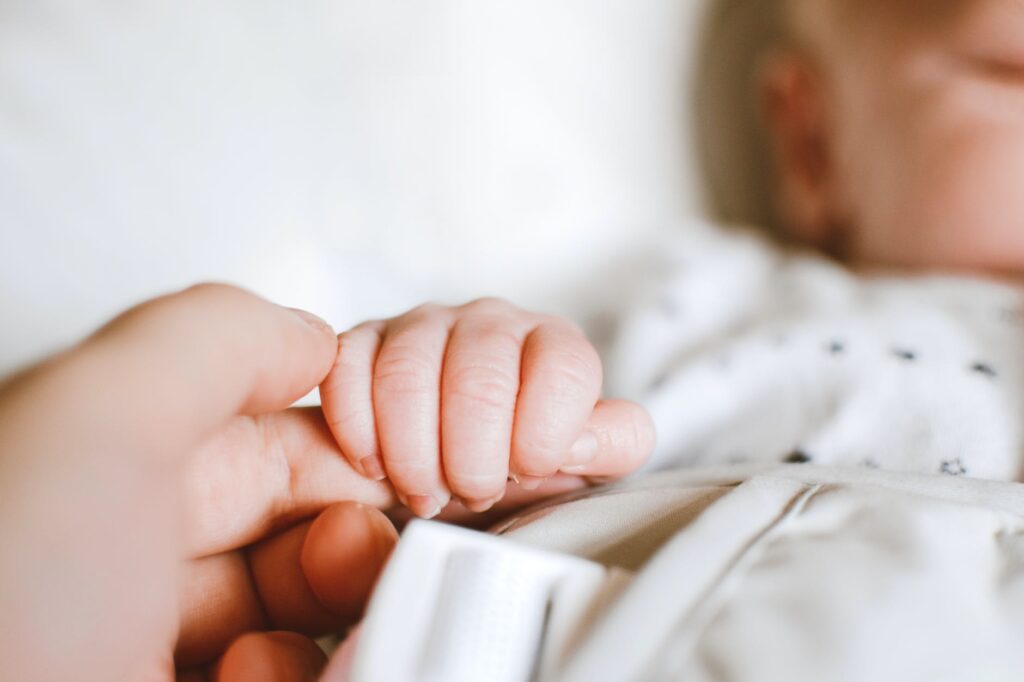
Sleep safety
Babies spend a lot of time sleeping, so it’s important to ensure they do so safely. Place babies on their backs for naps and at night until they are 1 year old, and make sure they sleep on a firm, flat surface in their crib, bassinet, or play yard. Choose a firm mattress and fitted sheet for the baby’s crib, and remove toys, blankets, pillows, bumper pads, and other accessories.
Dress your baby in a wearable blanket or onesie, and avoid loose blankets that could cover their airway or make their body temperature too high while they sleep. Finally, share your room, not your bed, by placing the baby’s crib, bassinet, or play yard in your bedroom instead of letting the baby sleep in the same bed with you.
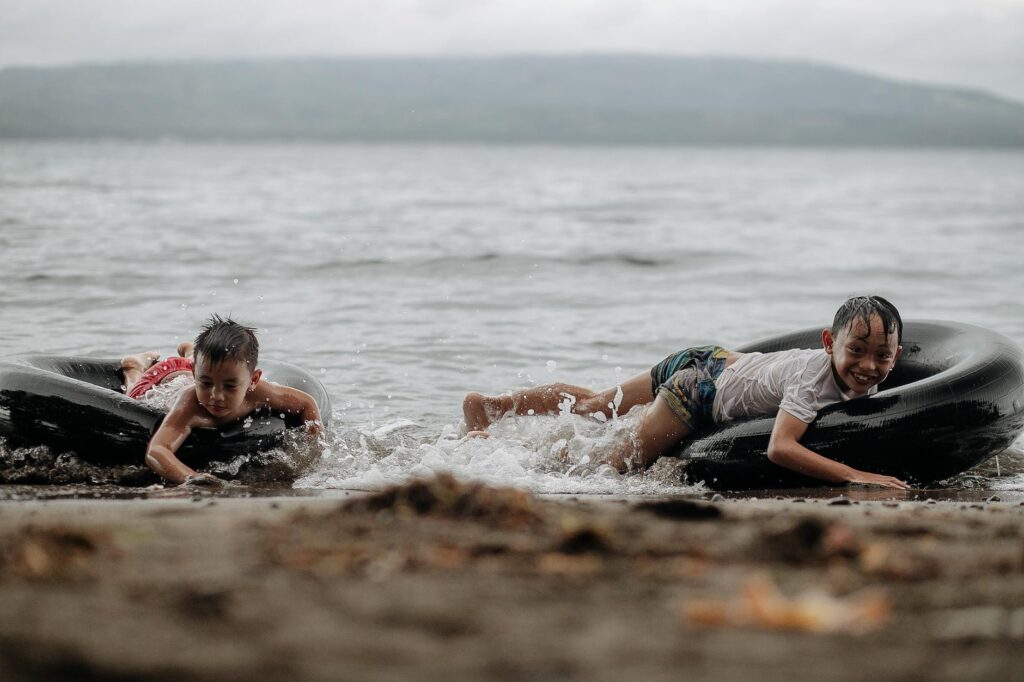
Water safety
Water is a source of fun and refreshment, but it can also be deadly if we don’t take the necessary precautions. Watch kids around water, and keep young children within arm’s reach of an adult. Enroll children in swim lessons and teach them skills in water survival. Install 4-sided fences around home pools to prevent unsupervised access.
Teach children that swimming in open water is different from swimming in a pool, and teach them to wear life jackets when boating. Finally, learn CPR and basic water rescue skills to be prepared for emergencies.
The Philippine Red Cross (PRC) values water safety for kids. They offer water safety and swimming courses that can drive proper training for all ages.
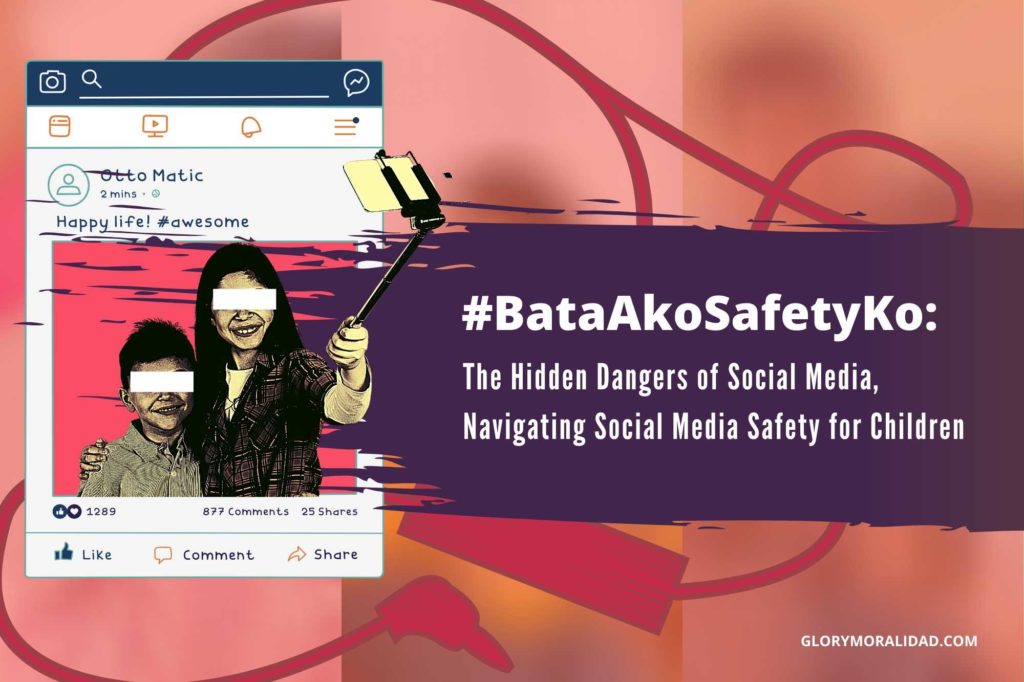
Online safety
In addition to physical safety, it’s crucial to teach your children about online safety in today’s digital age. To keep your child safe when using the internet, start by teaching them to protect their personal information and to set boundaries for online activity. It’s important to monitor your child’s online activity and to use parental control software if necessary. Educate them about cyberbullying and how to recognize and report it.
Additionally, teach your child about online privacy and encourage them to think before they share anything online. By following these tips, you can help ensure that your child stays safe both in the physical world and online. Remember to have open and honest conversations with your child about safety and to always be available to answer any questions or concerns they may have.
If you don’t know where to start in terms of teaching your kids online safety, the Internet and Mobile Marketers Association of the Philippines, the Stairway Foundation, Inc., and the Department of Education are there to be your guides. They spearheaded the #BeCyberSafe Project, a social media campaign that aims to increase awareness of the various dangers of the online world. They do this through video materials and brochures which targets both parents and children.
Final take
That’s it! These tips are not exclusive as there are other ways how to protect your child from harm, you can incorporate those if they seem fit. Keeping our children safe requires constant attention and effort. We must take steps to ensure their safety in various areas of life, including biking, car rides, sleep, water activities, and online activities.
By properly equipping our children with the right knowledge and tools, we can significantly reduce the risk of accidents and ensure that they remain safe and healthy. Remember, safety should always be a top priority for parents, and it’s crucial to have open and honest conversations with your child about safety to help them navigate the world with confidence and security.
